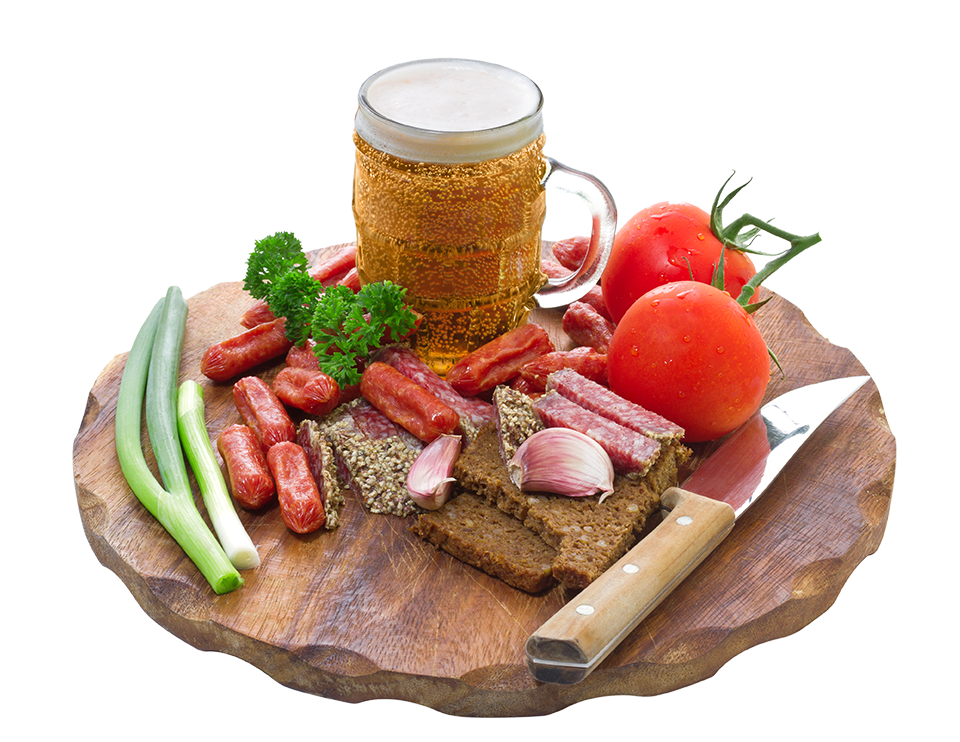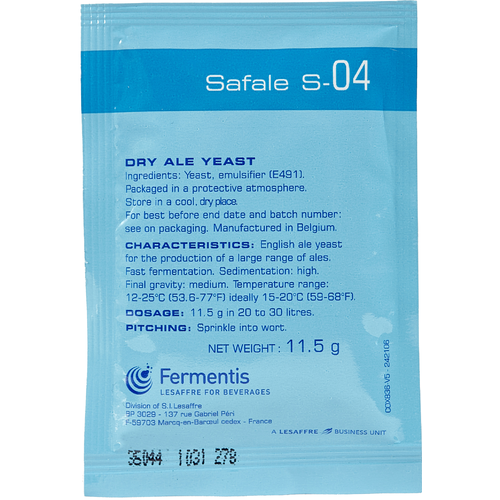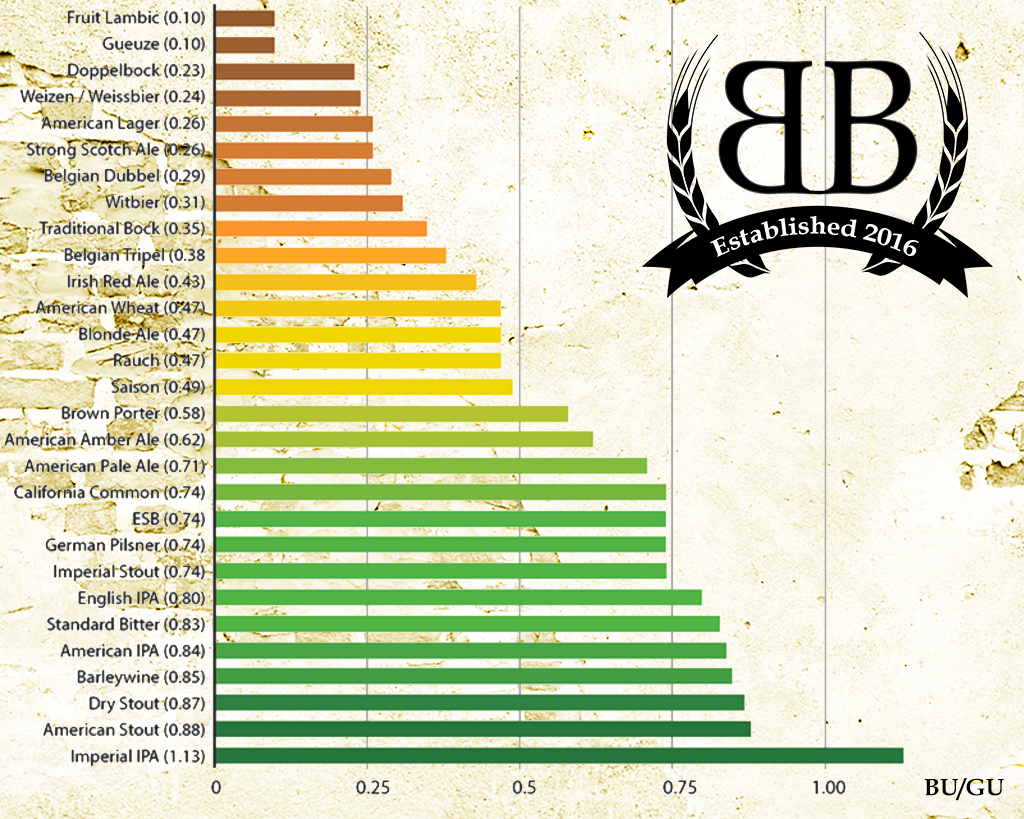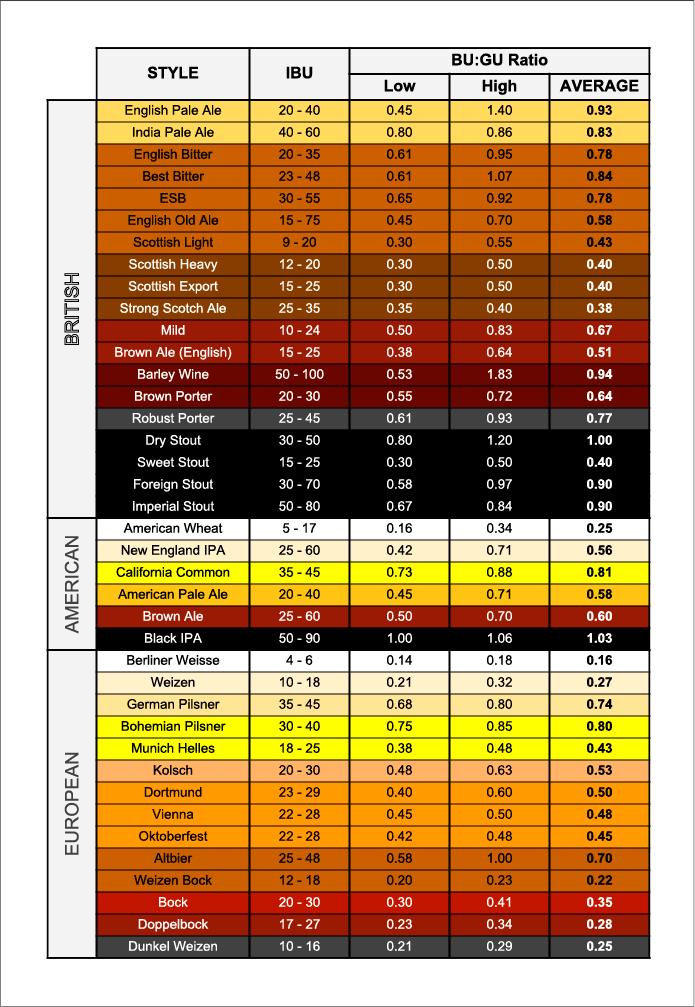Beer can be paired with all foods! It’s all about creativity and some basic guidelines and there is not one straight answer to beer and food combinations. Pairing beer based on style involves matching the flavors and characteristics of the beer with the flavors and characteristics of the food. For example, a malty and hoppy India pale ale (IPA) can be a good match for spicy food, while a crisp and refreshing pilsner or especially a Saison can be a good match for seafood.
Beer is fun and creative. So is food! Play around and find out, what works for you. Just keep this in mind:
Simple guidelines:
- Match the aroma of the food with the beer’s aroma
- Match the fullness / richness of the food with the beer’s alcohol and aroma
- Opposite tastes compliment; sweet vs salty, malty vs salty, sweet vs sour, acidity vs sweet
- Harmony flavors; sour with sour, acidity with acid, sweet with sweet.
- Light beers with light food – dark and heavy beers with dark and heavy food
The king of beer and food pairing is doppelbock! It goes with most things up till veal. One of my favorite beer pairings is tatar with doppelbock. Altbier and Brown ale works great as well, though!
Here is what beer can do that wine cannot:
- The alcohol cleanses the tongue and removes that kind of filminess from the fat
- Hops cuts through strong flavors and grease
- Carbon dioxide lightens the food and cleans the taste buds and resets taste memory
- Flavor and aroma enhances the beer and the food experience. Kind of like 1+1=3
Beer and food pairing according to aroma and strength
- Light food, ex. Launch, salat, chicken, light fish: Light beer, pilsner, lager, wittbier, weissbier, gose, ale, pale ale, NEIPA

- Medium food, ex. Pork, light veal, aromatic fish, varm launch: Medium beer, hoppy lager, dark lager, session IPA, red ale, bock, APA, brown ale, IPA, duppel, saison
- Rich food, ex. red meat, fatty sauces, stews: Strong beer, doppelbock, stout, porter, strong IPA (double), strong brown ale, dark Belgian beer, trippel, quadrupel
- Spicy food, ex. Mexican food, Thai food and sushi - light beer, lager, mexican lager, wittbier, berliner weisse, gose, golden ale, pale ale, Japanese lager, low hoppy beers
- Fast food, ex- burger, pizza, fried food: IPA, hoppy lager, west coast IPA. Fried food loves bubbles and hops!
- Fish: Try a Duvel for fatty fish or an Altbier with low fat fish. Watch out for hops. They can sometimes make it more bitter and metallic. But again, pair the aroma of the fish with the beer. Wheat beer, saison.
- Shellfish: Wheat beer, saison.
- Smoked fish: Scotch ale or Bock, while cold smoked fish does better with something zippy. My favorite is a Belgian saison or a hefeweizen
- Oisters and clams: Porter! Saison.
- Light lagers: Spicy food, burgers, salads, launch, fish, sushi
- Wheat beers: Spicy food and fruity desserts, fish, shellfish
- India pale ale (IPA): Steak, pizza, burger, fried food, barbecue, Thai and Mexican food
- Amber ales: Pizza, fried food, smoked pork
- Dark lagers: Pizza, burgers, heavy stews
- Brown ales: Sausage, meat
- Dark heavy ales (Belgian): Dark and heavy food
Cheese
Pair beer alcohol to strength of the cheese, ex. cheddar with Guinness and barley wine with blue cheese
- Barley wine, imperial porter and stouts goes with strong, flavorful cheese and blue cheese
- Lighter cheese with porters and stouts
- Sour goat cheese with IPA
- Brie with lambic

Dessert
Stouts and porters are always your go to beer for desserts, but here some more pointers.
- Porter and stouts with chocolate
- Cream and sour desserts with kriek
- White chocolate with wittbier/berry soured beer
- Milk chocolate with IPA/weissbier
- Dark chocolate with stout/porter/kriek
- Vegan chocolate with lambic
- Candy with sour beer
Beer in cooking
There are two important rules here:
- Hoppy beers are not good in food
- The stronger the aroma of the beer, the more you can taste it
Where to use in cooking
Hoppy beers rarely work, but dark beers work great in
- Sauces
- Marinades
- Bread
- Desserts in general, ex. Chocolate cake with kriek or porter.
- Pancakes with porter or brown ale. Also try barley wines, stouts and other porters. You can really get creative here.
These are all just guidelines. Try out different things and find out, what your preference is. Have fun!




